Culinary School Serves Up a Full Course Via Vaddio
Challenge

College leaders visited culinary schools around the country and came back with a clear directive to incorporate video camera technology that faculty could use to zoom in, record and stream courses. They needed 4K quality from end to end to achieve the desired results, determined Tom Aldridge, Presentation Technology Manager for Presentation Technology Support Services at the college.
They wanted the ability to move away from traditional codec systems and into new cloud-based collaboration spaces like Zoom and Skype for Business. Since the college is spread across six different campuses in one of the largest counties in the country, having systems that could be managed remotely would keep classes up and running without downtime or traveling to the sites.
Solution
Yavapai College installed two RoboSHOT® 20 UHD cameras in each kitchen (one kitchen for savory and one for sweet foods), along with OneLINK HDMI Receivers and AV Bridges to send audio and video into computers for lecture capture.
A huge factor in Aldridge's decision to use these solutions was the ease of USB integration to work with Zoom for faculty in the classroom. A simple RJ-45 connection to their Crestron system made it easy to integrate control. With the OneLINK and AV Bridge, Aldridge said it's basically plug and play.
"We also have wireless microphones that the instructors clip on, launch the software on the computer that's in the room, and the AV Bridge takes all that stuff into the computer and they can use whatever application they want to record or to do distance learning," Aldridge said. "No codecs, a lot cheaper, a lot more scalable and we can connect to anybody in the world."
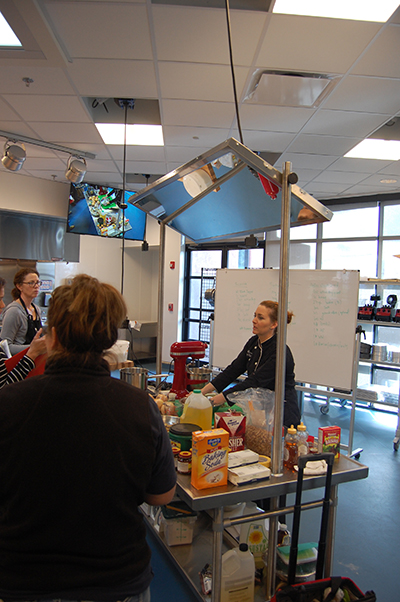
Since the system was almost all based on HDBaseT technology, they didn't have to worry about converting HDMI or HDSI. Aldridge could use 4K from end to end to take advantage of better resolution no matter how detailed the demonstration.
"I was looking for a true 4K type camera solution with that easy cabling. Everything from other vendors I could find was all either SDI based, maybe HDMI based. The Vaddio cameras with the OneLINKs and being able to bring all that stuff across Cat-5 cabling - easy, and that's why we stuck with it," said Aldridge.
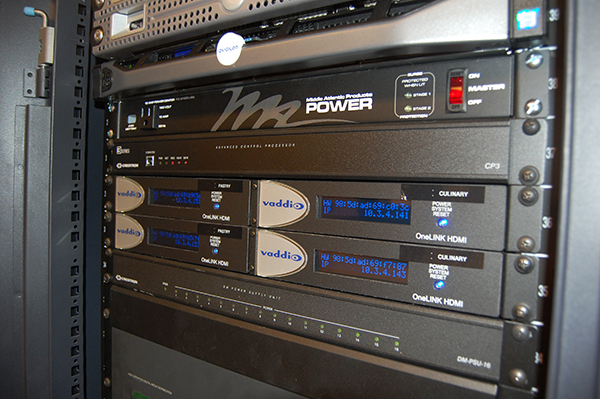
"The great part of it is just how easy it is to use, how simple it is to set up, install and integrate and then be done," Aldridge said.
The AV Bridges allow them to move from USB streaming to web streaming or RTSP streaming in order to work with various cloud-based applications. The AV Bridges have been Aldridge's "go to" tool for bringing the in-room technology into the computer.
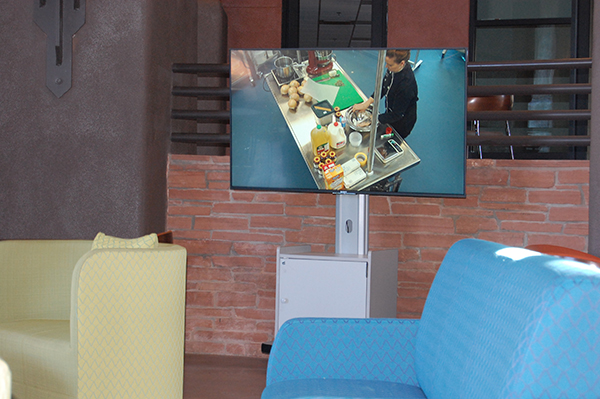
Results
"Everybody's been impressed and amazed. It looks like nothing we've ever seen in this environment before," Aldridge said.
Aldridge said setting up a simple, scaled-back system for the teachers was paramount to launching the classroom technology. According to Aldridge, teachers took to it quickly and were able to self-teach on many aspects of the system. Then came the "what else can I do?" moments that led to further training on specific lecture capture systems as well as shooting demonstrations or training modules that they can bring up later for students.
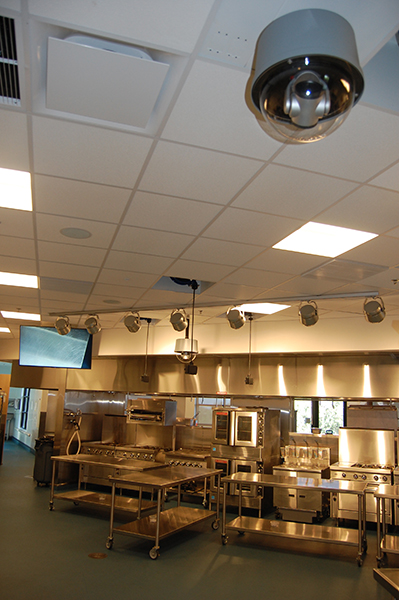
Dr. Perey said he absolutely recommended a similar system for other programs.
"I think that technology is one of those tools that's not only needed now, but it's needed for the future," Perey said. "As [students] get younger and younger, we know that they're digital and technical natives, and it's important that educational institutions, especially post-secondary, embrace those same concepts."

Related Case Studies
Vaddio™ Camera Systems Selected for NC State Physics Education Research Development Lab
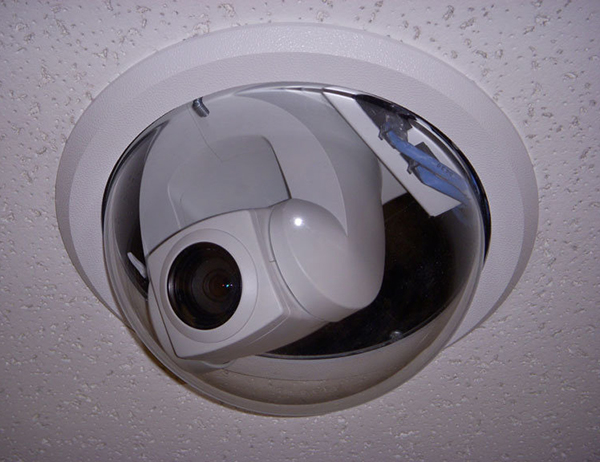
Ashland University Teams with Vaddio™ to Make Fashion Merchandising Program High-Tech
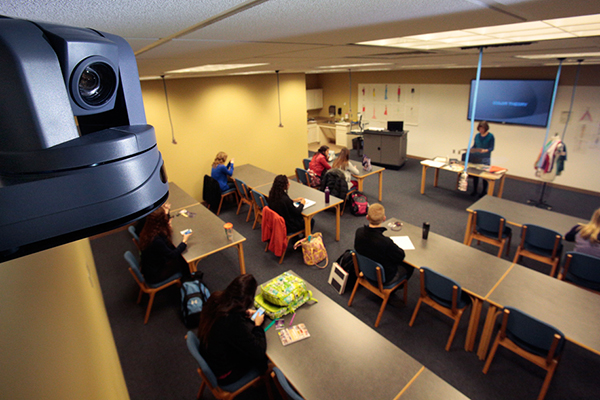
Vaddio™ Cameras at Time Warner's Medialab Help Take Audience Research to a New Level

School of health and wellness uses Vaddio solutions to capture and stream courses

